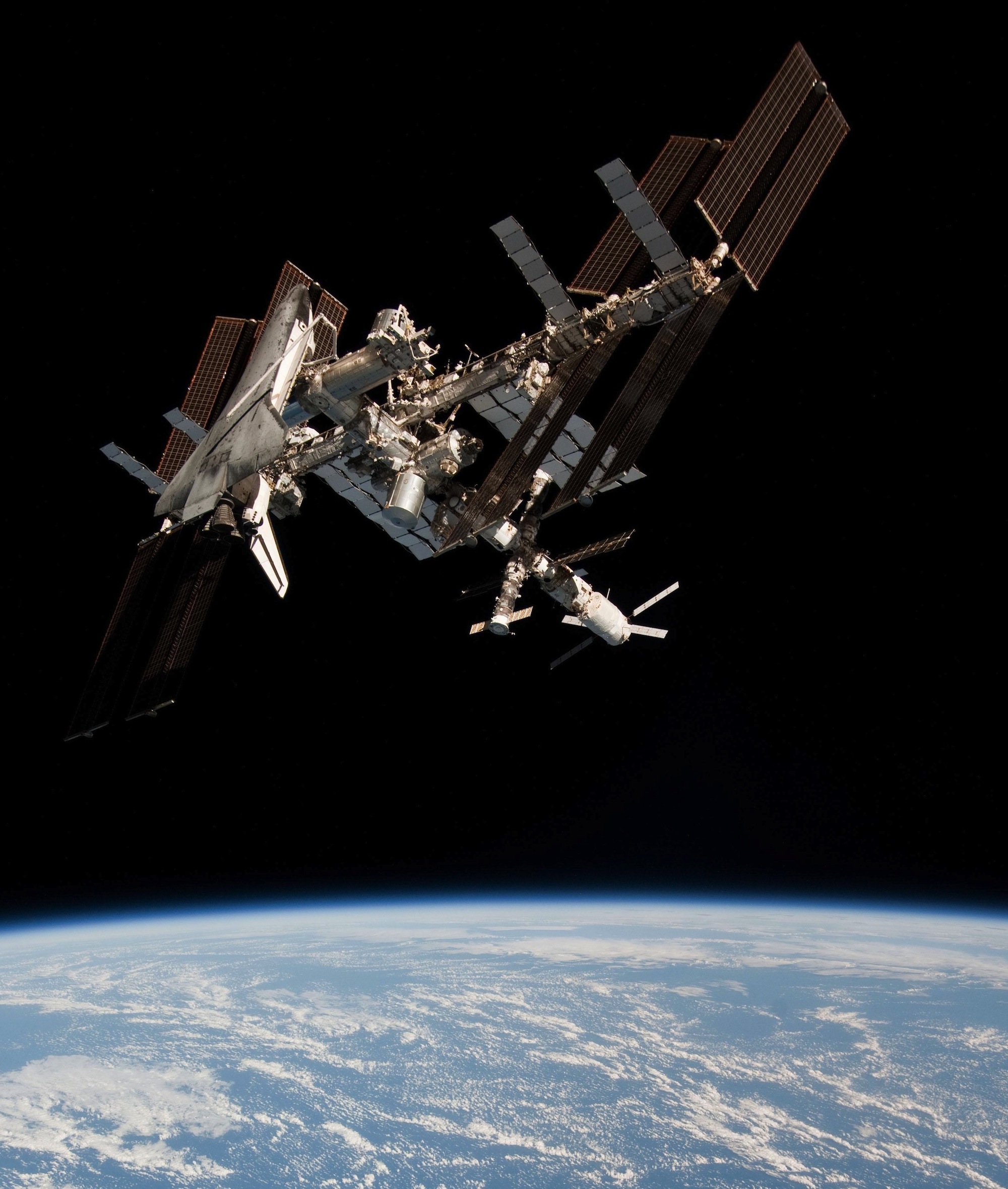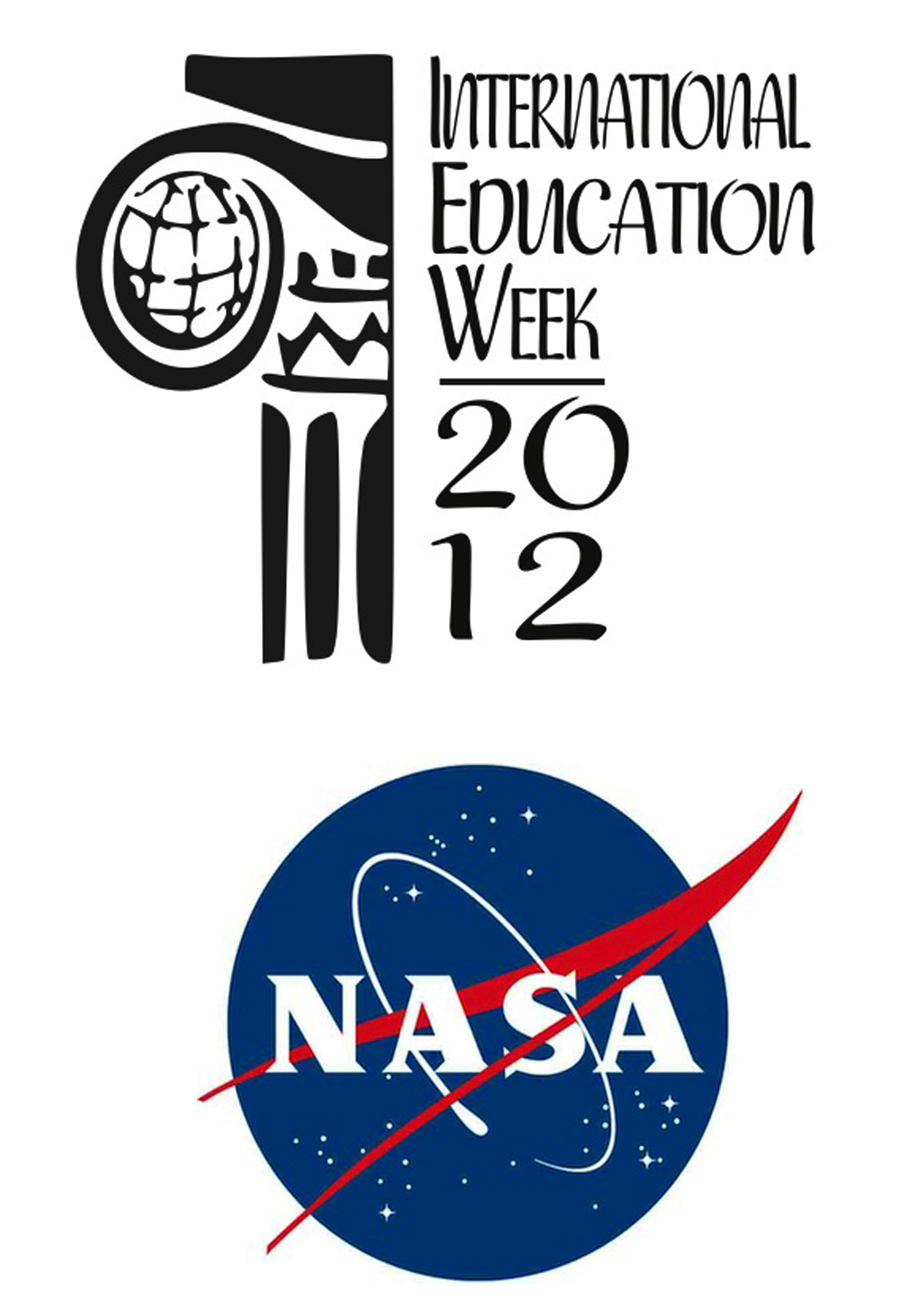What is the Student Spaceflight Experiments Program (SSEP)?

Click on the image and feel the magic. Endeavour
(STS-135) docked at ISS, May 23, 2011. Aboard
her are 16 SSEP Experiments. Read more about
this image at nasa.gov
The Student Spaceflight Experiments Program (SSEP; http://ssep.ncesse.org) was launched in June 2010 by the National Center for Earth and Space Science Education (NCESSE) in strategic partnership with NanoRacks, LLC. It is a remarkable U.S. national Science, Technology, Engineering, and Mathematics (STEM) education initiative that gives typically 300+ students across a community the ability to design and propose real microgravity experiments to fly in low Earth orbit, first aboard the final flights of the Space Shuttle, and then on the International Space Station (ISS)–America’s newest National Laboratory.
More broadly, SSEP is about a commitment to student ownership in exploration, to science as journey, and to the joys of learning. For school districts–even individual schools–it provides an opportunity to implement a systemic, high caliber, and historic STEM education program tailored to community need.
SSEP was designed to be a keystone initiative for U.S. National STEM education, and to help inspire America’s next generation of scientists and engineers. Through the Arthur C. Clarke Institute for Space Education, the International arm of the National Center for Earth and Space Science Education, SSEP participation is also being expanded internationally to reflect the multinational complexion of ISS operations.
SSEP is about immersing and engaging students and their teachers in
real science—on the high frontier—so that students are given the chance
to be scientists—and experience science firsthand.
Each community participating in SSEP conducts a local Flight Experiment Design Competition, with their student teams vying to fly an experiment in low Earth orbit in a real research mini-laboratory reserved just for their community. Mirroring how professional research is done, student teams across the community submit formal research proposals, which then go through a 2-step proposal review process to select the flight experiment for the community. Your design competition–from program start, to experiment design, to submission of proposals by your student teams–runs a minimum of 8 weeks. Students can design experiments in diverse fields, including: seed germination, crystal growth, physiology and life cycles of microorganisms (e.g. bacteria), cell biology and growth, food studies, and studies of micro-aquatic life. Content resources for teachers and students support foundational instruction on science in microgravity and experimental design. A suite of SSEP program elements–the Community Program–leverages the flight experiment design competition to engage the entire community, embracing a Learning Community Model for STEM education, and allows the experience to be celebrated with national, even global audiences.
Important note: SSEP is not designed for an individual class or a small number of students in a community. Implementing SSEP for an appropriate-sized student audience is straightforward, and we can show you how.
Would your community like to be part of the adventure?
NEW FLIGHT OPPORTUNITY ANNOUNCED – SSEP MISSION 4 to the International Space Station
Experiment Design: February-April 2013 Launch of Selected Flight Experiments to ISS: Fall 2013
To explore participation, read about the opportunity at http://ssep.ncesse.org, and contact NCESSE Center Director Jeff Goldstein below.
SSEP Webpages of Interest:
SSEP Participating Communities
SSEP In the News, including Links to Feature Articles at nasa.gov
Essays and Comments from the Participating Community Leadership, Students, and Teachers
SSEP is a program of the National Center for Earth and Space Science Education (NCESSE). It is enabled through a strategic partnership with NanoRacks LLC, working with NASA under a Space Act Agreement as part of the utilization of the International Space Station as a National Laboratory. SSEP is the first pre-college STEM education program that is both a U.S. national initiative and implemented as an on-orbit commercial space venture. The Smithsonian National Air and Space Museum and the Center for the Advancement of Science in Space (CASIS) are National Partners on the Student Spaceflight Experiments Program.
What is International Education Week?
International Education Week (IEW) is an opportunity to celebrate the benefits of international education and exchange worldwide. This joint initiative of the U.S. Department of State and the U.S. Department of Education is part of efforts to promote programs that prepare Americans for a global environment and attract future leaders from abroad to study, learn, and exchange experiences in the United States. IEW was first held in 2000 and today, is celebrated in more than 100 countries worldwide. IEW 2012 runs November 12–16.
What is this year’s theme for International Education Week?
This year’s theme is International Education: Striving for a Healthier Future Worldwide. Learn more at http://iew.state.gov.
What are possible connections between this year’s theme for International Education Week and the Student Spaceflight Experiments Program?
At the most fundamental level, the Student Spaceflight Experiments Program (SSEP) is about immersing tens of thousands of students in every facet of authentic research, to provide an in-depth understanding of the nature of scientific investigation and the character of professional research across STEM disciplines, and to inspire and engage the next generation of scientists and engineers.
The theme Striving for a Healthier Future Worldwide recognizes that the health and future of the global society critically depends on tackling some of the most daunting problems facing the world today in terms of, e.g.: energy – development of new renewable and non-renewable energy sources, new energy distribution infrastructure, and new energy efficient technologies; climate change – addressing the immense challenges of global redistribution of natural resources such as fresh water and arable land, rising sea level, and rising global temperature; medical research – combatting the spread of disease, advancing strategies for prevention and treatment, and enhancing the quality of life across the globe. At the national level, in order to maintain our standard of living and expand opportunities for the next generation of workers, the United States must bring innovation and new product to the 21st century high tech marketplace, so that we may compete.
The connection: All these vital areas of endeavor will critically require solutions from science and technology, across all STEM disciplines. The future health of human civilization at the global and national level therefore requires inspiring and engaging our next generation of scientists and engineers.
Teaching From Space, a NASA Education office, is made up of former classroom teachers devoted to helping educators make STEM come alive for learners. Each experience and resource offered through Teaching From Space is intended to be unique and accessible while providing real-life connections to the world of STEM. Teaching From Space offers experiences and resources not found anywhere else. You can get involved in real NASA missions and research, gain access to NASA experts and use NASA equipment to take learning to a new level.
If you are interested in learning more about what Teaching From Space has to offer, including how your educational organization could host a downlink with the International Space Station like you will see on November 15, visit http://www.nasa.gov/education/tfs or send an email to JSC-Teaching-From-Space@mail.nasa.gov.
What is a NASA in-flight downlink?
A downlink is an opportunity for students and educators to interact with astronauts aboard the International Space Station (ISS) through a 20-minute question-and-answer session. Teaching From Space, a NASA Education office, facilitates these events which are designed to encourage students to study and pursue careers in STEM. A typical approach for a downlink is a video connection between a single location on Earth, e.g., a class or a school-wide audience, and ISS. Live video and audio feeds from ISS are provided to the school site, and the school audience can ask questions of the astronauts via 2-way audio. NASA TV carries the conversation live on the web so that a passive audience can eavesdrop. Learn more about Teaching From Space and in-flight downlinks at http://www.nasa.gov/education/tfs.
What is the Moving Beyond Earth Gallery?
Moving Beyond Earth is an immersive exhibition that places visitors “in orbit” in the shuttle and space-station era to explore recent human spaceflight and future possibilities. An expansive view of the Earth as viewed from the space station drifts over one gallery wall, while a fly-around tour of the International Space Station fills another wall. A presentation stage for live events, broadcasts and webcasts at the center of the gallery serves as the platform for SpaceFlight Academy, a group quiz game where visitors can test their space smarts and become “flight ready.” Learn more at http://airandspace.si.edu/exhibitions/gal113/mbe/.


